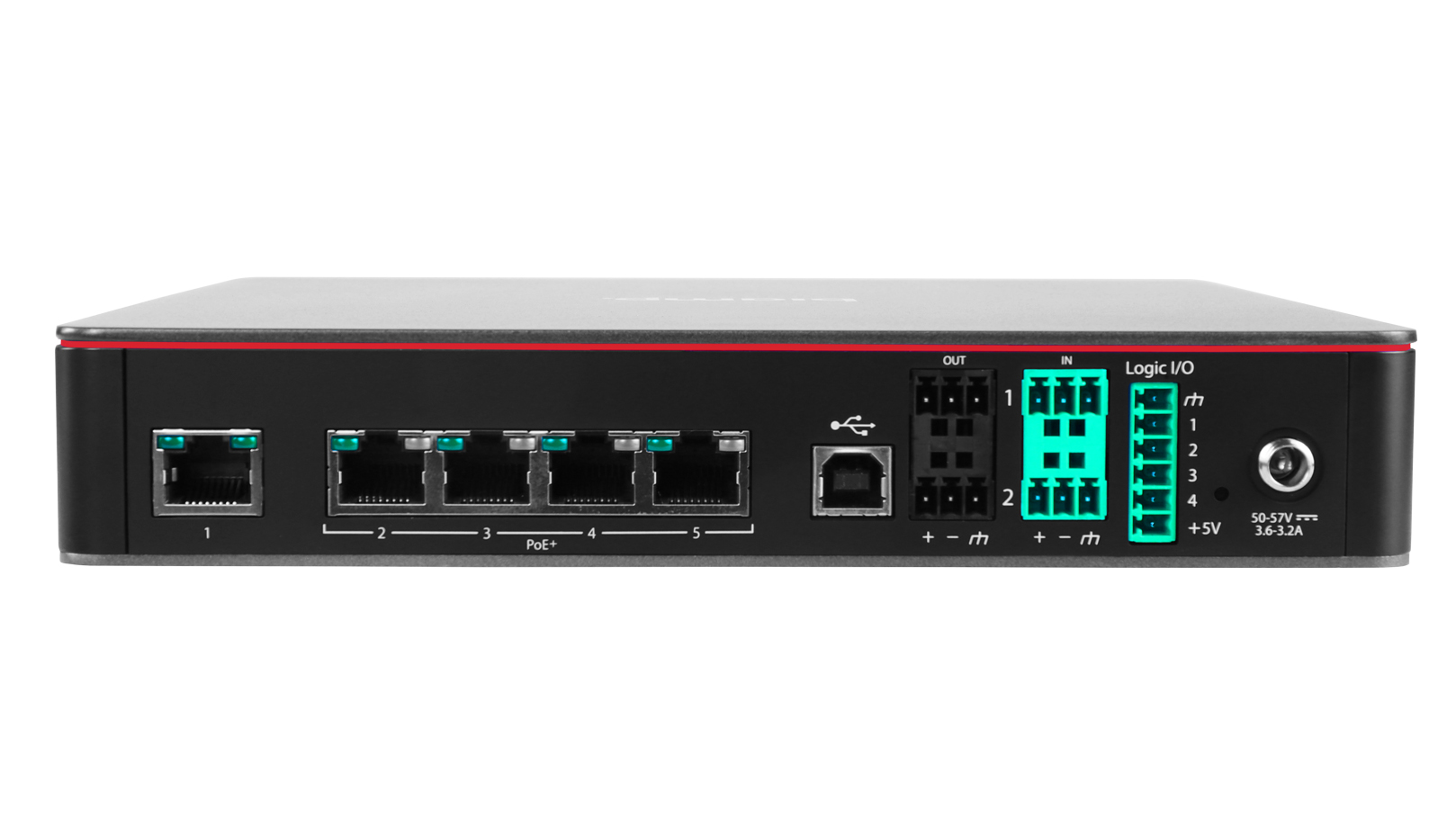Improving Networked Audio for Schools
Biamp’s John Urban explains that as schools increasingly deploy distance learning, it’s imperative that they also improve audio intelligibility.

Distance learning has been around a long time, but recent events have made it mandatory for schools at every level to be able to conduct all manner of school business remotely when needed. Distance learning is fast becoming a permanent option at many schools—at least as a hybrid option—so it has become important for institutions to improve their networked audio accordingly.

While some colleges and universities already had state-of-the-art AV systems in place, many did not. When the pandemic hit, the priority was installing any system that worked.
Now, 18 months later, schools—both higher ed and K-12—are looking to install technology that can improve audio intelligibility and meet all their needs in a more permanent capacity.
Know What Schools Are Looking For
The best way to service schools is to understand their needs. Sound quality is first and foremost, but easy installation, ease-of-use, and contactless functionality are all important. Schools’ IT departments are taking on more responsibility, and they might not be familiar with the newest AV technology. A good partner must help them understand the competitive offerings.
[ Audio Advancements and Sound Strategies for Hybrid Learning Spaces ]
Academic institutions have a huge need to build out their classrooms with remote learning capabilities, from advanced UC systems with integrated lecture capture to an instructor in the room teaching the entire class remotely. There’s an increased need for high speech intelligibility and high audio fidelity within these environments so students stay engaged and understand the content.
Additionally, schools are doing their utmost to keep students and staff healthy and safe. For in-room systems, there is increased demand for sharing information wirelessly to minimize physical contact with potentially contaminated shared devices like keyboards and mice.
A daily selection of the top stories for AV integrators, resellers and consultants. Sign up below.
Keeping the Focus on Education, Not on Technology
When working with schools, the vendor’s mission should always be for the technology to blend seamlessly into the background—allowing educators to stay focused on teaching instead of on their AV equipment.
Classrooms increasingly require flexible, high-performance microphones and loudspeakers. The latest ceiling microphones provide voice tracking (Beamtracking, a Biamp trademark) technology that maintains a consistent audio quality for remote participants regardless of where the person speaking is situated. For example, if a teacher is facing away from the microphone, perhaps writing at the whiteboard or moving around the room, remote attendees still experience consistently clear audio. An added benefit of Beamtracking microphones is that they don’t require lobe aiming, saving significantly on installation time.
[ Biamp AV Solutions Support Hybrid Learning ]
From the network aspect, port count on network switches and cost per port is a significant way to look at project costs; the more ports that you’re using, the higher the system costs. Some of Biamp’s products, like the new TesiraFORTÉ X line or TesiraCONNECT, can power all the devices in a learning space so only a single port is required on the infrastructure switch for control and monitoring of the entire room.
We’ve seen some universities expanding their audio capabilities even further. Using a product like Biamp’s Crowd Mics—an audience engagement tool that allows students to use their smartphones as a microphone that connects with the room’s loudspeakers—creates a consistent audio experience in which students can be heard clearly from anywhere in the room. Remote participants can also use their smartphones similarly to speak to the rest of the class or text questions to the instructor.
[ Biamp's Rashid Skaf on the Company's Future ]
An Eye Toward the Future
The past year and a half clearly demonstrated that the future of education requires greater emphasis on AV solutions, whether students are in the classroom or joining remotely. New modes of learning require a much more robust AV system design than in the past, and these AV investments will provide a seamless classroom experience no matter where students are located.
John Urban is product marketing manager at Biamp.
This article originally appeared in the November 2021 issue of SCN. Click here to read more stories from November 2021.
